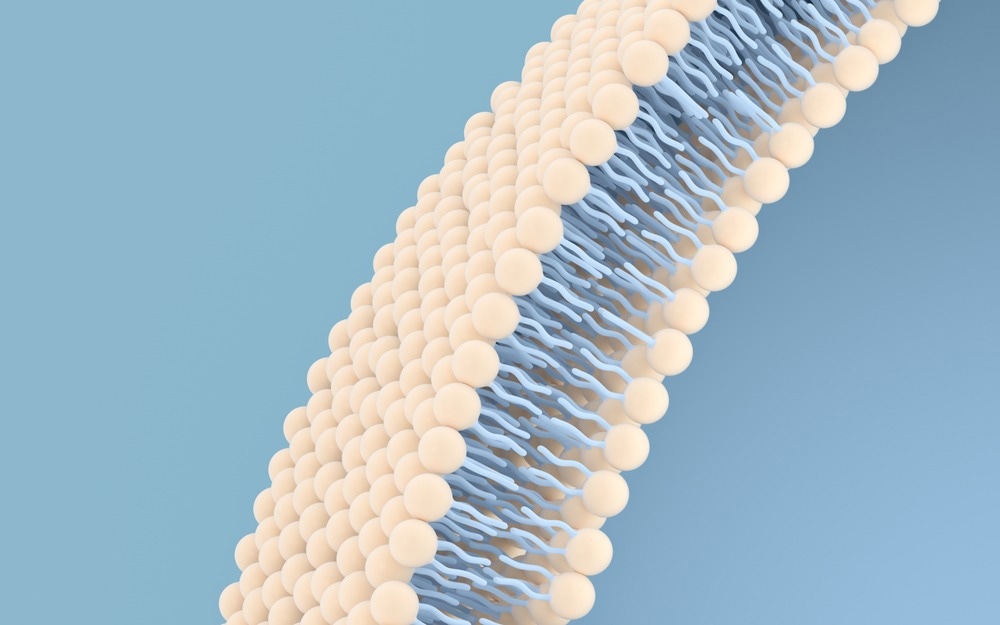Reviewed by Danielle Ellis, B.Sc.Sep 19 2022
University of Alberta’s study demonstrates the way cell membranes perform a much bigger role than what was understood in enabling spike proteins on viruses to affect cells. iScience published the findings that could offer researchers the control in tackling SARS-CoV-2—the virus responsible for COVID-19—and other likely harmful viruses.

Image Credit: Vink Fan/Shutterstock.com
The group of researchers, headed by professor of biochemistry Michael Overduin from the University of Alberta, employed software known as Membrane Optimal Docking Area (MODA) to find communications between proteins and membranes inside cells.
While the pandemic of COVID-19 made the labs shut down at the U of A, Troy Kervin, who is an undergraduate student in Overduin’s lab, shifted his research to work that he could do outside of the lab.
He gathered all the proteins in one membrane-binding domains family and utilized MODA to forecast the areas on the domains that bind to membranes. He discovered that cell membranes, which are the barrier surrounding cells built of fat molecules known as lipids, perform a more key function in viruses attaching to cells than previously believed.
Those results became the basis for further research about cell-binding activity, such as if spike proteins, like those seen on the SARS-CoV-2 virus, bind to membranes.
In the scientific community, the consensus has been that the task of spike proteins present in SARS-CoV-2 is to bind to angiotensin-converting enzyme-2 (ACE-2) receptors that present are on the outside of cells but not to the cell membrane.
The team started the procedure of using MODA with the assistance of another undergraduate student—Anh Tran, to associate numerous structures of spike proteins in both the original virus (wild type) and the variants.
We found out how the spike protein engages the lipids of our lung cells and gets in. Then we found that the Omicron variant was super active. We thought that's really, really exciting. Maybe that's contributing to how it gets in easier and spreads more quickly.”
Michael Overduin, Study Head and Professor, Biochemistry, University of Alberta
The research group believes that other viruses apart from SARS-CoV-2 employ identical mechanisms to enter cells, but until lately the mechanism has been challenging to observe. The development of MODA-like software enables simpler predictions and elaborates on proteins’ actual behavior in a cell.
We’re at the beginning of this digital age where we can really see so much more than we could see even two years ago, where we can look at every protein in the human genome and measure how every one could interact with membranes.”
Michael Overduin, Study Head and Professor, Biochemistry, University of Alberta
Source:
Journal reference:
Overduin, M., et al. (2022) Progressive membrane-binding mechanism of SARS-CoV-2 variant spike proteins. iScience. doi.org/10.1016/j.isci.2022.104722.